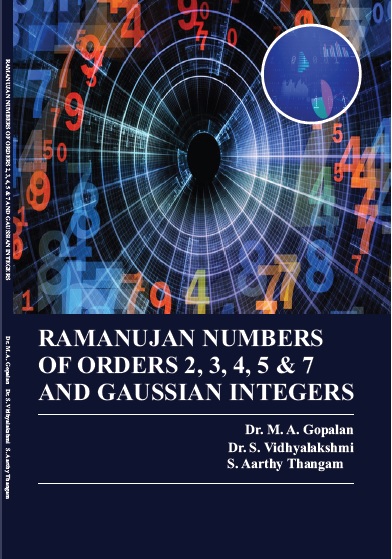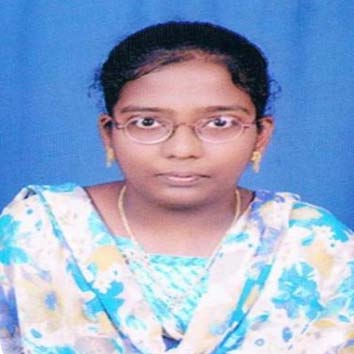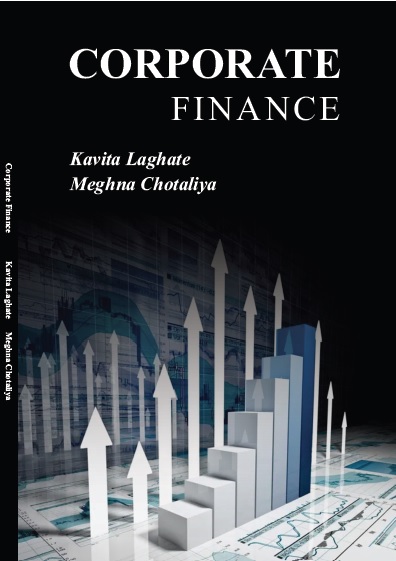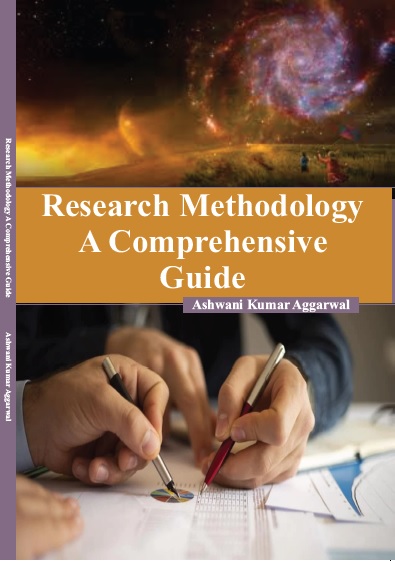SCIENCES AND ENGINEERING

Ramanujan Numbers Of Orders 2, 3, 4, 5 & 7 And Gaussian Integers
by Dr. M. A. Gopalan
ISBN Number : 978 - 1- 73028 - 538 - 7
Authors Details
| Author Name | Image | About Author |
|---|---|---|
| Dr. M. A. Gopalan |  |
Dr. M.A. Gopalan is currently Professor of Mathematics at Shrimati Indira
Gandhi College, Tiruchirappalli and has taught Mathematics for nearly three
decades. He is interested in problem solving in the area of Diophantine
equations and Number patterns. He serves on the editorial boards of IJPMS
and IJAR and a life member of Kerala Mathematics Association. |
| Dr. S. Vidhyalakshmi |  |
Dr. S. Vidhyalakshmi is currently Professor of Mathematics and Principal at
Shrimati Indira Gandhi College, Tiruchirappalli. She has taught Mathematics
for nearly two decades. Her research interest is solving Diophantine
equations. |
| S. Aarthy Thangam |  |
S. Aarthy Thangam is research scholar in department of Mathematics at
Shrimati Indira Gandhi College, Tiruchirappalli. Her area of interest is
solving Diophantine equations in various disciplines. She has published 18
papers in National and International journals. |
Book Description
Mathematics is like a banyan tree and Number Theory (also known as Higher Arithmetic) is a branch of pure mathematics devoted primarily to the study of the natural numbers which are the building blocks of the real number system. In fact, Number Theory is the great and rich intellectual heritage of mankind and essentially a man-made world to meet his ideals of intellectual perfection. For Plato, numbers were “the highest degree of knowledge”. The same idea was taken up by Nicholas Cusanus, for whom “numbers are the best means of approaching divine truths”. All these views go back to Pythagoras, for whom “numbers alone allow us to grasp the true nature of the Universe”. German Mathematician Hermann Minkowski once remarked “Integral numbers are the fountain head of all the mathematics”. No doubt that number is the essence of mathematical calculation and one may discover beautiful pattern in numbers. Specifically, integers exhibit fascinating properties, they form sequences and patterns. Recognizing number pattern is also an important problem solving skill. It is worth to quote the remark “God created the natural numbers and all else is the work of man” by the German mathematician Leopold Kronecker. An important pattern of numbers is the Ramanujan numbers (or R-numbers) named after the great Indian mathematician Srinivasa Ramanujan. The integers that can be expressed as the sum of the squares of two distinct integers in two different ways are called the Second order Ramanujan numbers and for simplicity, written as R numbers. In general, 2 if R is a Ramunujan number of order n, then its numerical relation can be represented as n n R = a +bn=cn+dn n where a, b, c, d are non-zero distinct integers known as base integers and n is a non-zero positive integer. Obviously, there are many R-numbers in each order which are special cases of Diophantine equations covering a wide area in Number Theory. Various characterizations of numbers are illustrated in the book entitled “Ramanujan 2 R Numbers (Mathematical Thoughts and Ideas)” by M. Meyyappan, S. chand & company limited, New Delhi, 1996. Recently, M.A. Gopalan and S. Vidhyalakshmi published a book entitled “Second Order Ramanujan Numbers and Applications”, LAP LAMBERT Academic publishing, Germany, 2017. A careful researcher of patterns in numbers may observe that the numerical relation for Ramanujan numbers is expressed in terms of real integers. A natural question is that arises now is: Whether the numerical relation can be expressed in terms of Gaussian integers for Ramanujan number? The main thrust of this book is to search for Ramanujan numbers in real integers with Gaussian base integers. In particular, the process of obtaining Ramanujan numbers of orders 2, 3, 4, 5 and 7 in real integers with their respective numerical relation in Gaussian integers has been illustrated.














